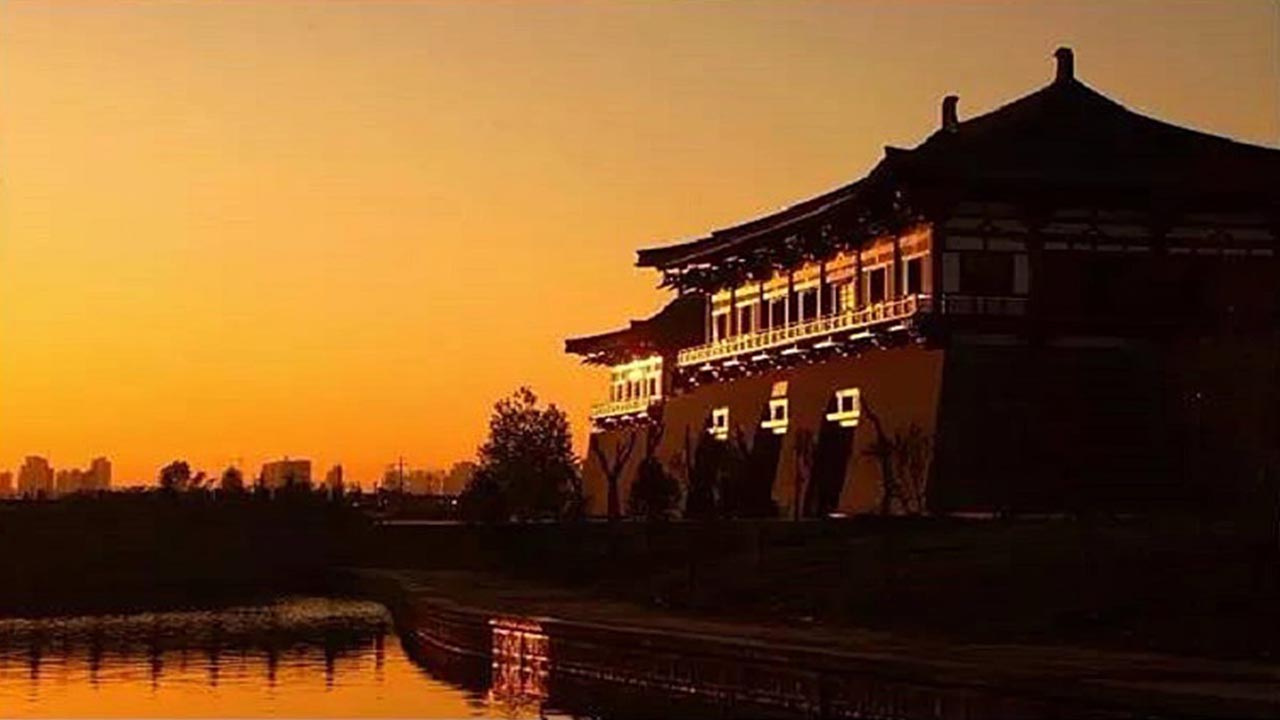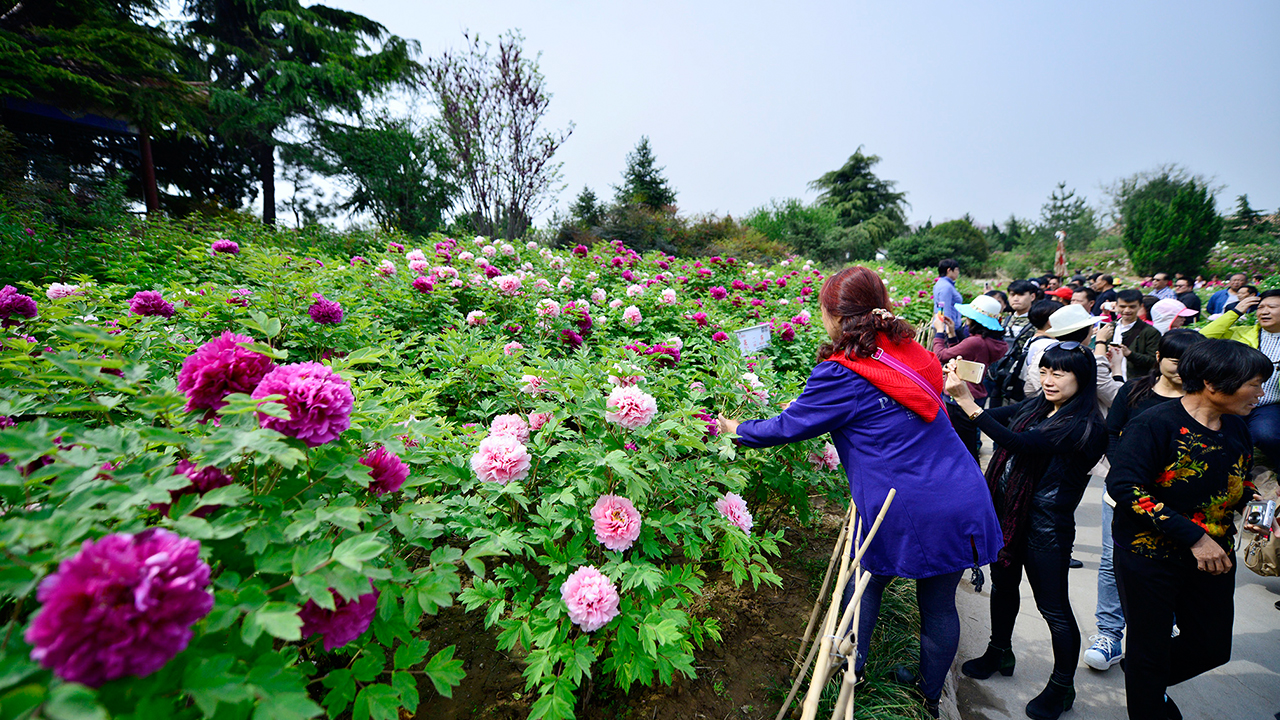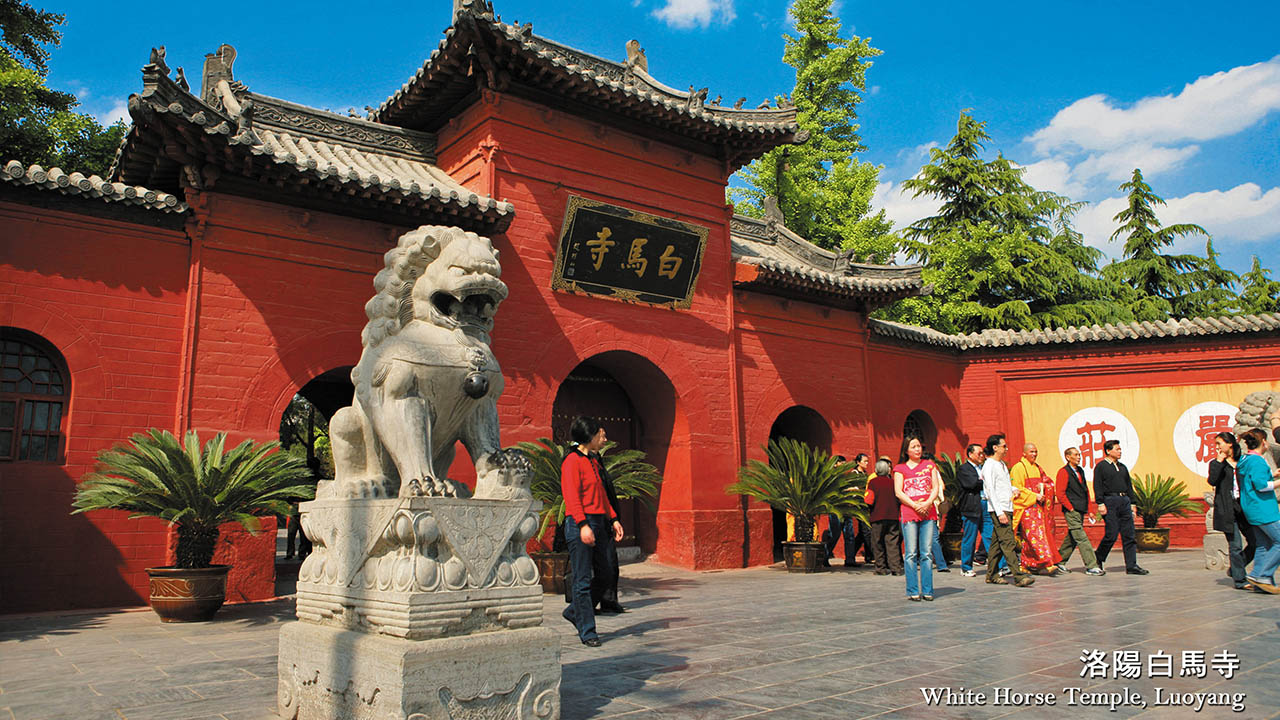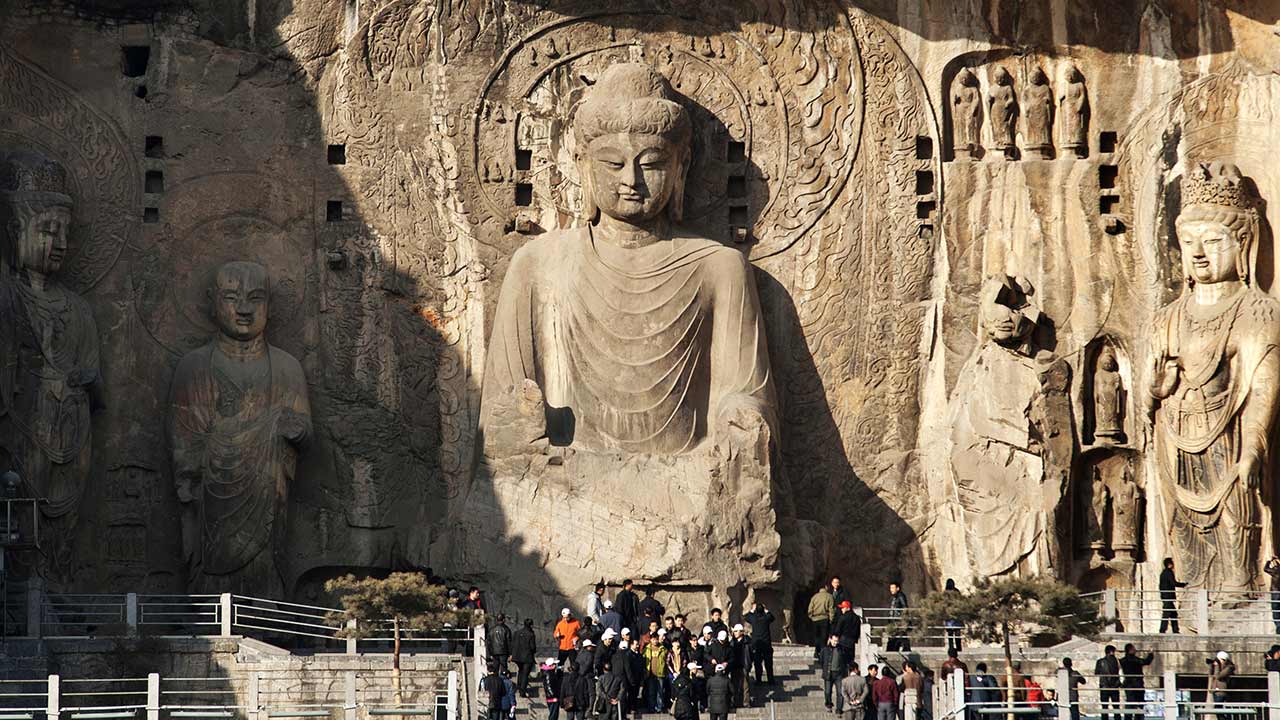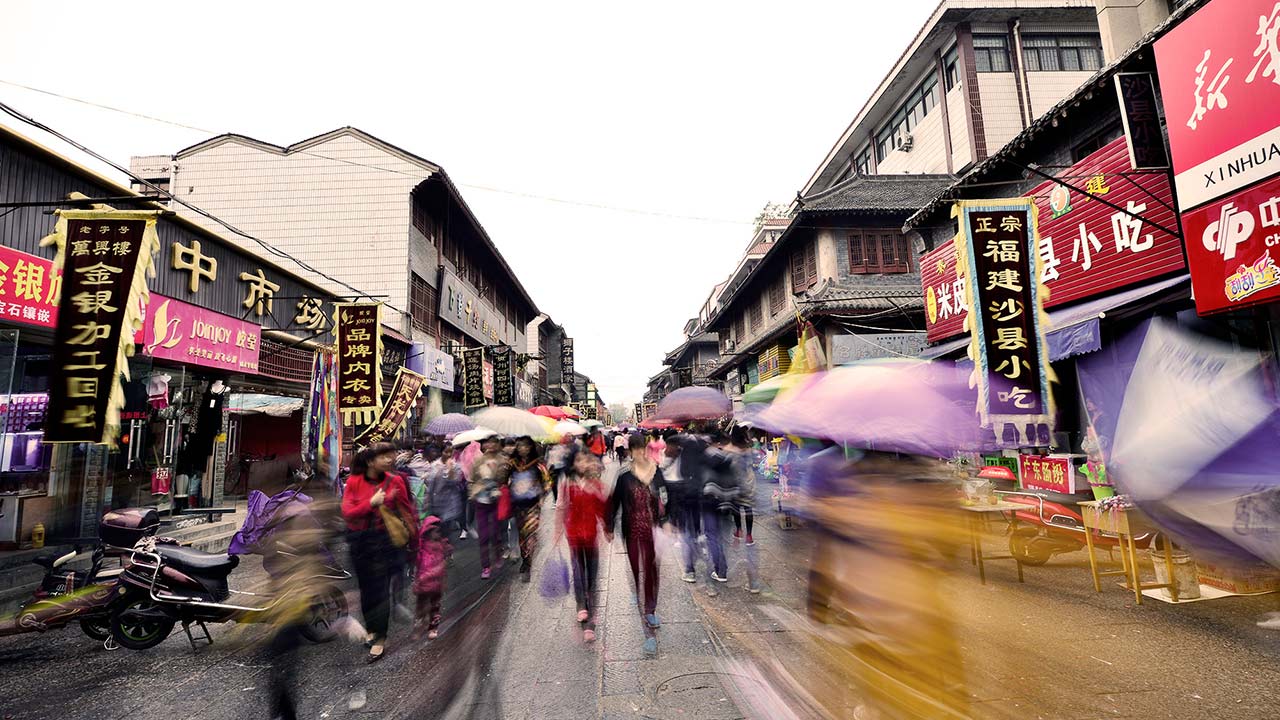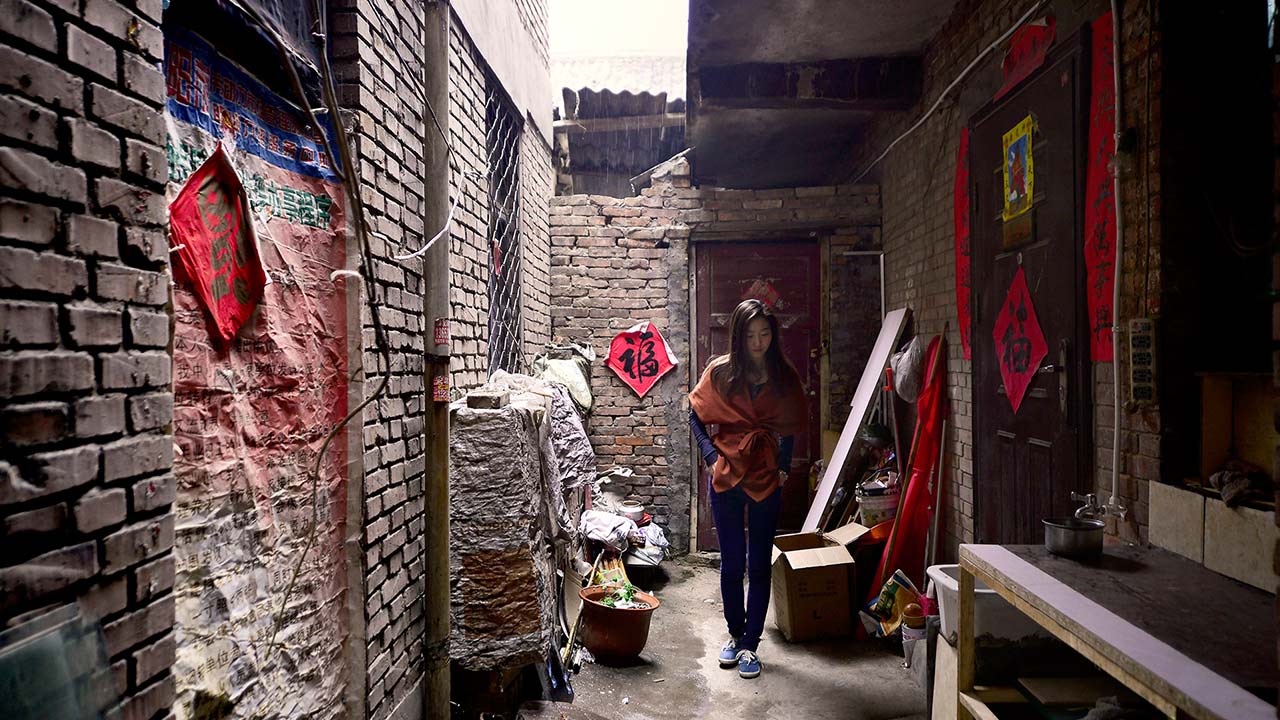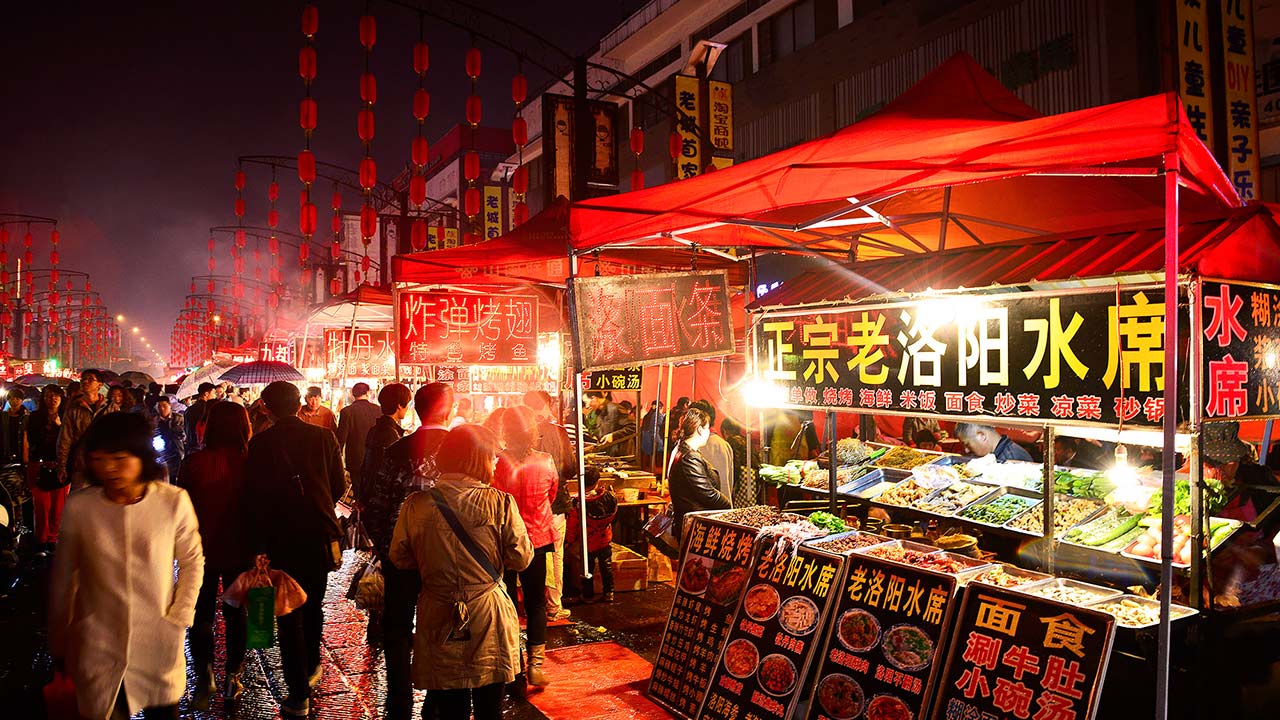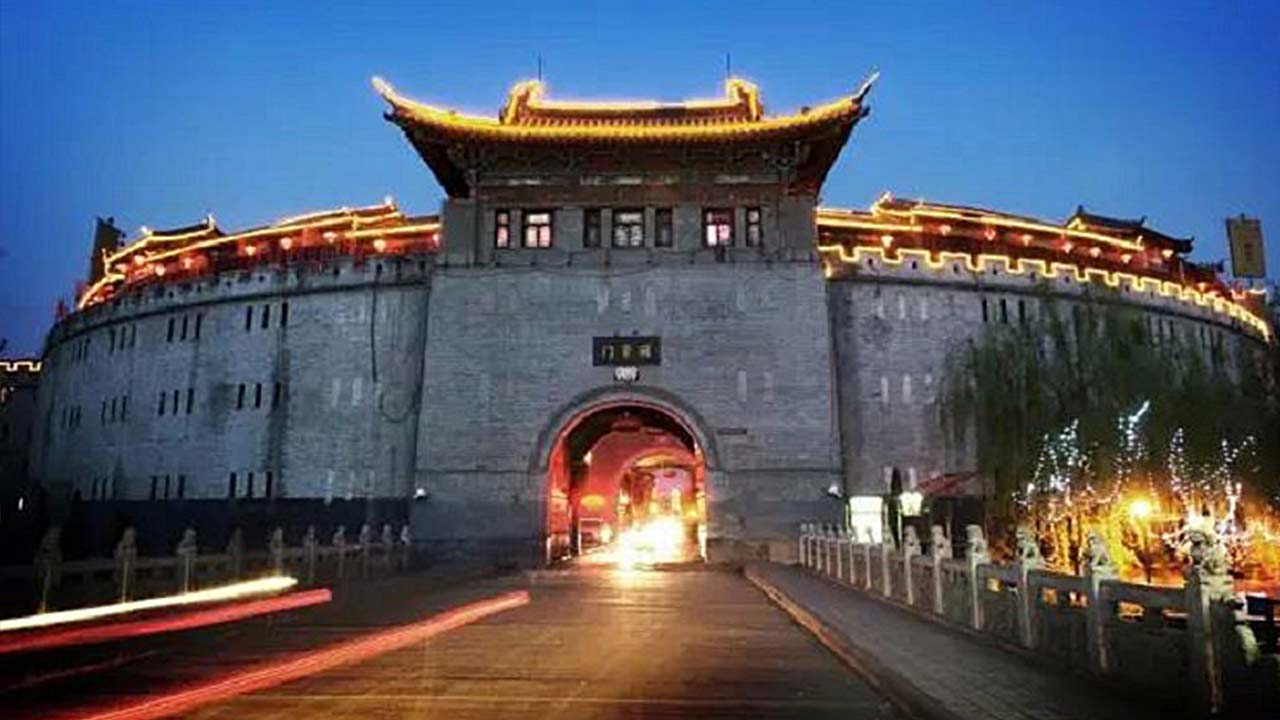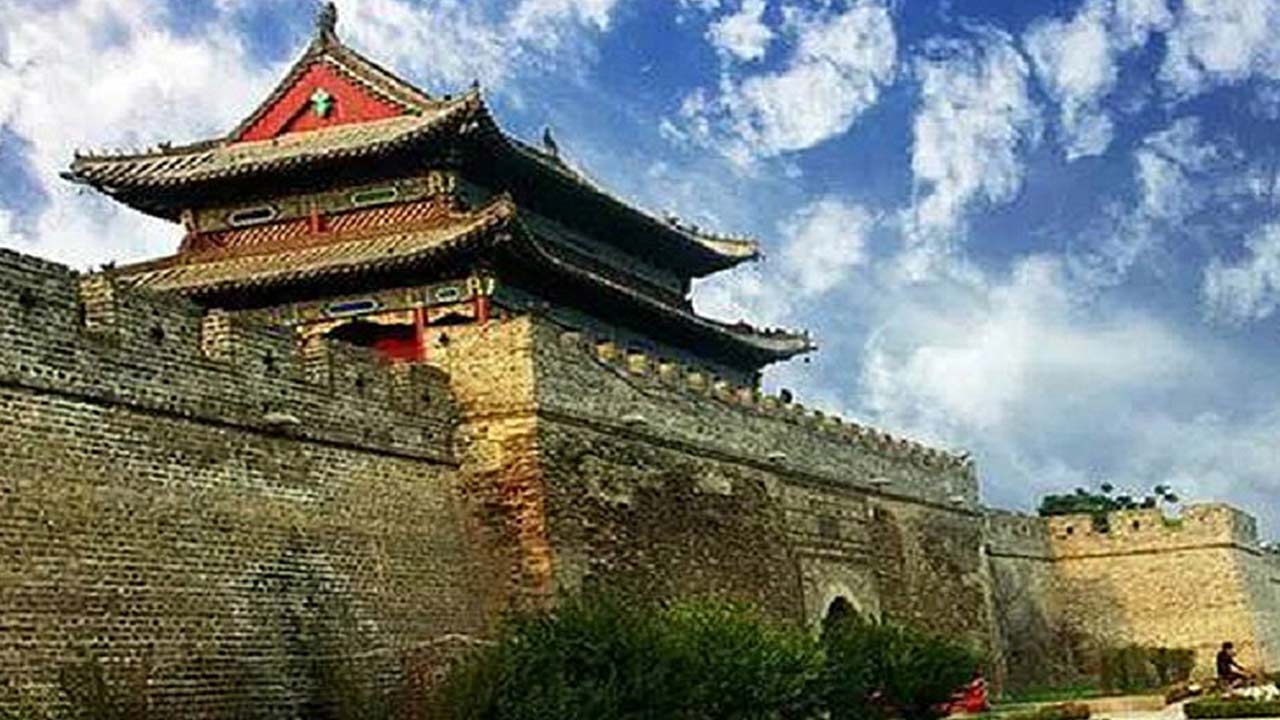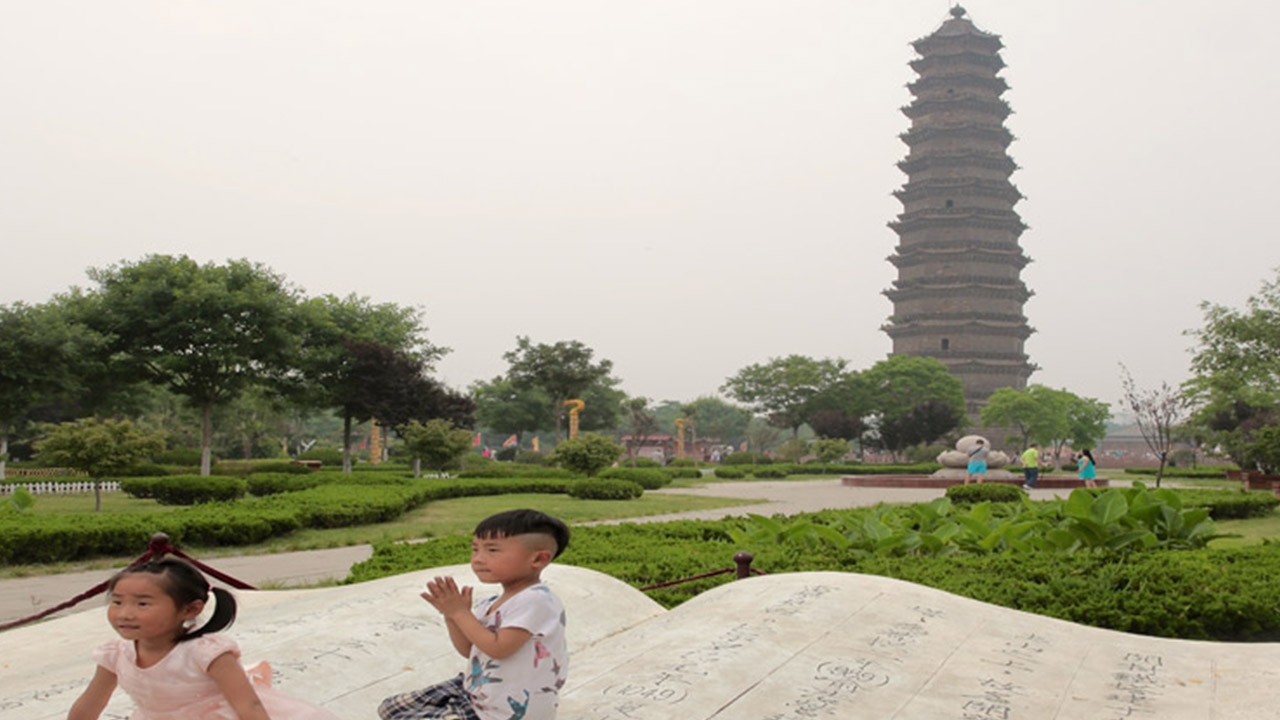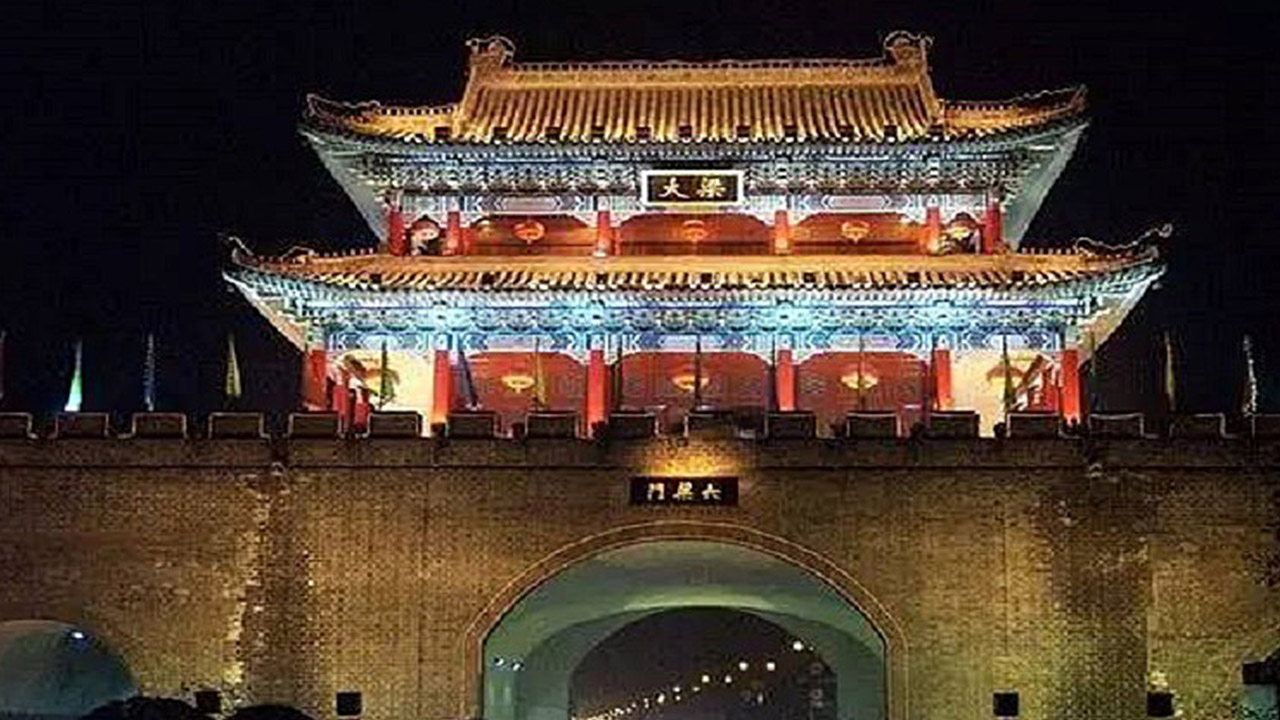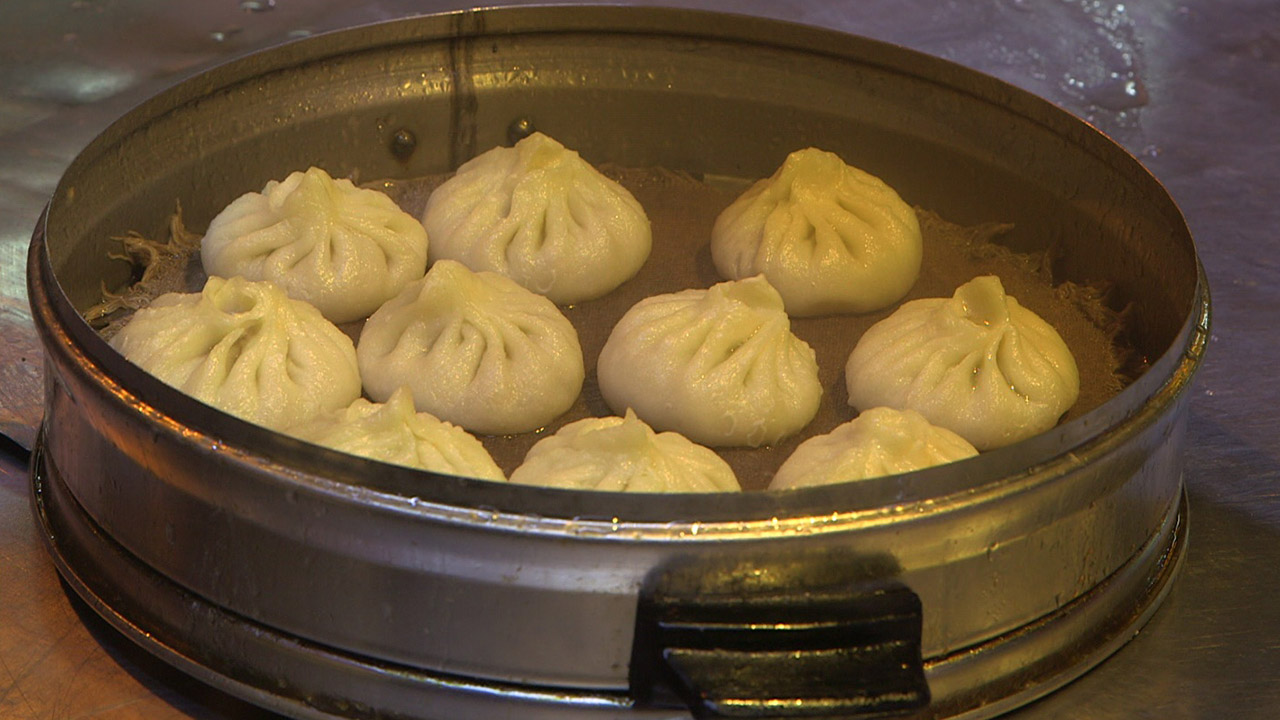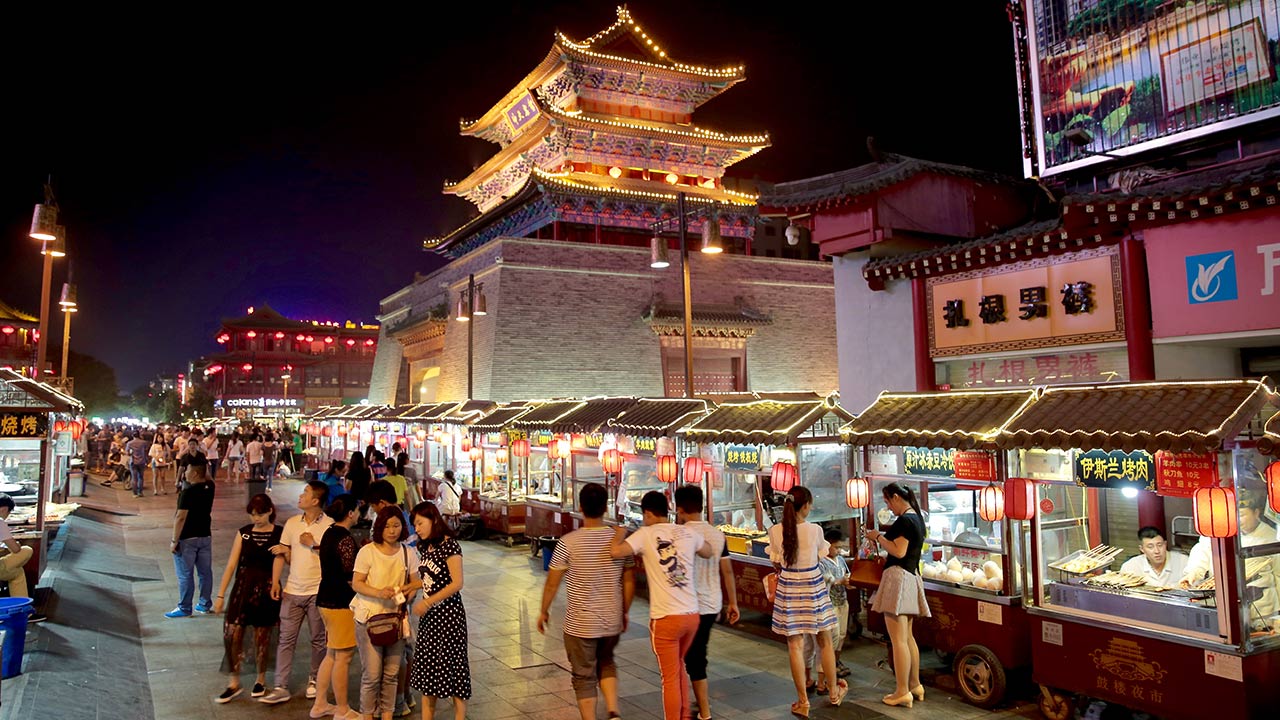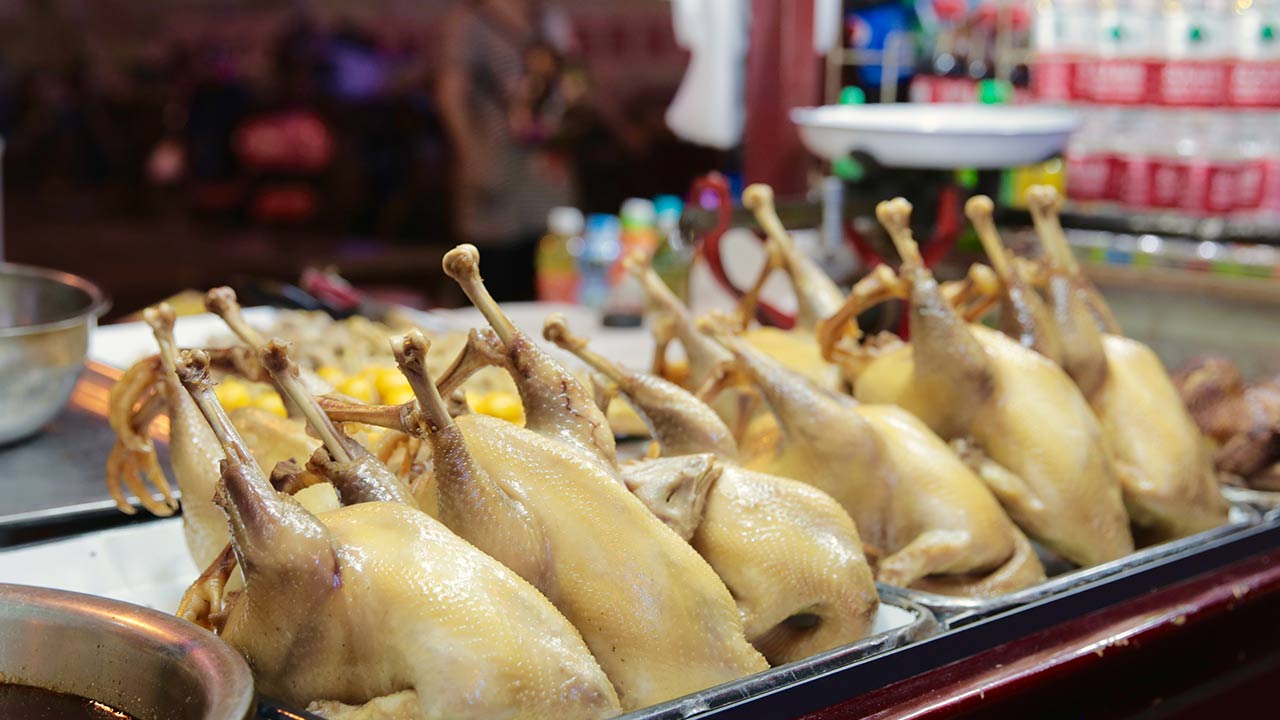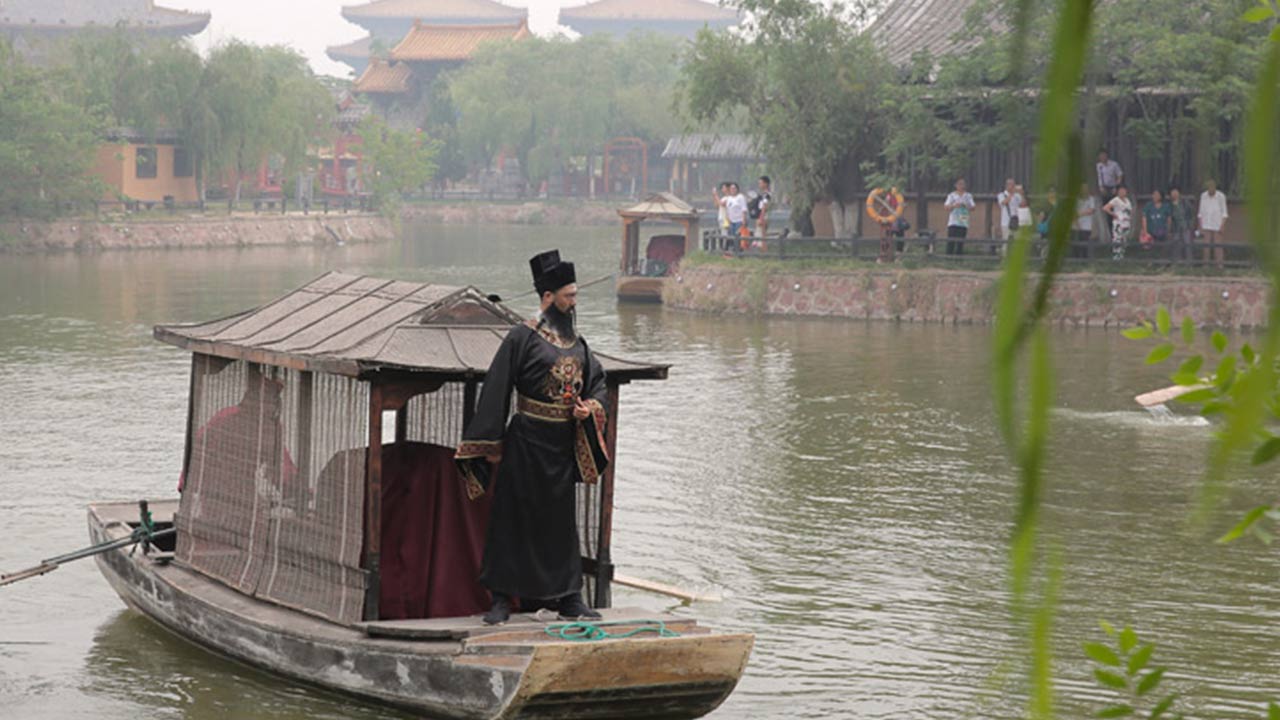Ignore the crowd and calls from vendors. Grab a seat and sample some dishes that shouldn’t be missed, like Bufan Soup that’s based on a recipe developed over 120 years ago is.
The bone marrow soup has a big range of ingredients, including daylily, rice noodles, leek, seaweed, coriander and shrimps mixed with condiments such as pepper, vinegar and salt. Similar to western onion soup, the spicy and a little bit sour, Bufan soup is served with a pastry cover. In this case, it’s a thin green pancake that’s made from green bean, so it is slightly sweet. And this gives the dish its name, Bufan Soup, which means the soup that doesn’t need stirring.
Zhang Family Wontons
These are not ordinary wontons – the name Zhang Family carries some prestige in Luoyang as the restaurant has been in business for over 150 years.
Invented in the late Qing dynasty, the second generation of Zhang Family improved on the recipe in 1920, which is the one you’ll taste today. Different from other wontons or dumplings, Zhang Family Wontons have a rich filling that’s made from chicken, chicken blood, omelette, shrimps and starchy noodles. When served, you’ll also get a specially made sauce that’s mixed with lard, pepper, vinegar, soy sauce, chicken and pork broth.
Though the ingredients are rich, the wontons aren’t greasy, and the strong flavoured sauce is a treat to your taste buds. Give it a try and you’ll know what made Zhang Family Wontons a household name in Luoyang.
Lanzhou Noodles
Though Luoyang Old Town District carries distinct Chinese characteristics, there’s also the presence of a small Muslim community. That means you can get a special treat to Muslim food as well!
There are plenty of Muslim restaurants, most of which serve Lanzhou Noodles. The noodles are handmade, with lamb, chicken, or beef mixed with spices as toppings. There are also handmade buns to go along with the dish which all taste different from typical Chinese food.

